Pennsylvania is the latest scene of a controversy concerning local laws against bamboo. It’s another example of how bamboo’s remarkable sustainability can become problematic. In the township of Lower Merion, community members have acted to enforce the removal of bamboo, sometimes at great expense to property owners.
What is Lower Merion’s policy on bamboo?
In 2016, the township passed an ordinance regulating bamboo that grew into public property or interfered with pathways and thoroughfares. Later they changed to law to put a stop to bamboo that was encroaching on private property.
The current law requires property owners to keep their bamboo at least 20 feet away from the property line. This will theoretically ensure that the fast-spreading grass will not invade the neighbors’ properties. The law, however, does not refer to specific bamboo varieties or even distinguish between running and clumping bamboo. The owner of the property where the bamboo originated is responsible for removing the encroaching grass from any adjoining properties and installing a rhizome barrier.
NOTE: This article first appeared in February 2020, last updated in January 2025.
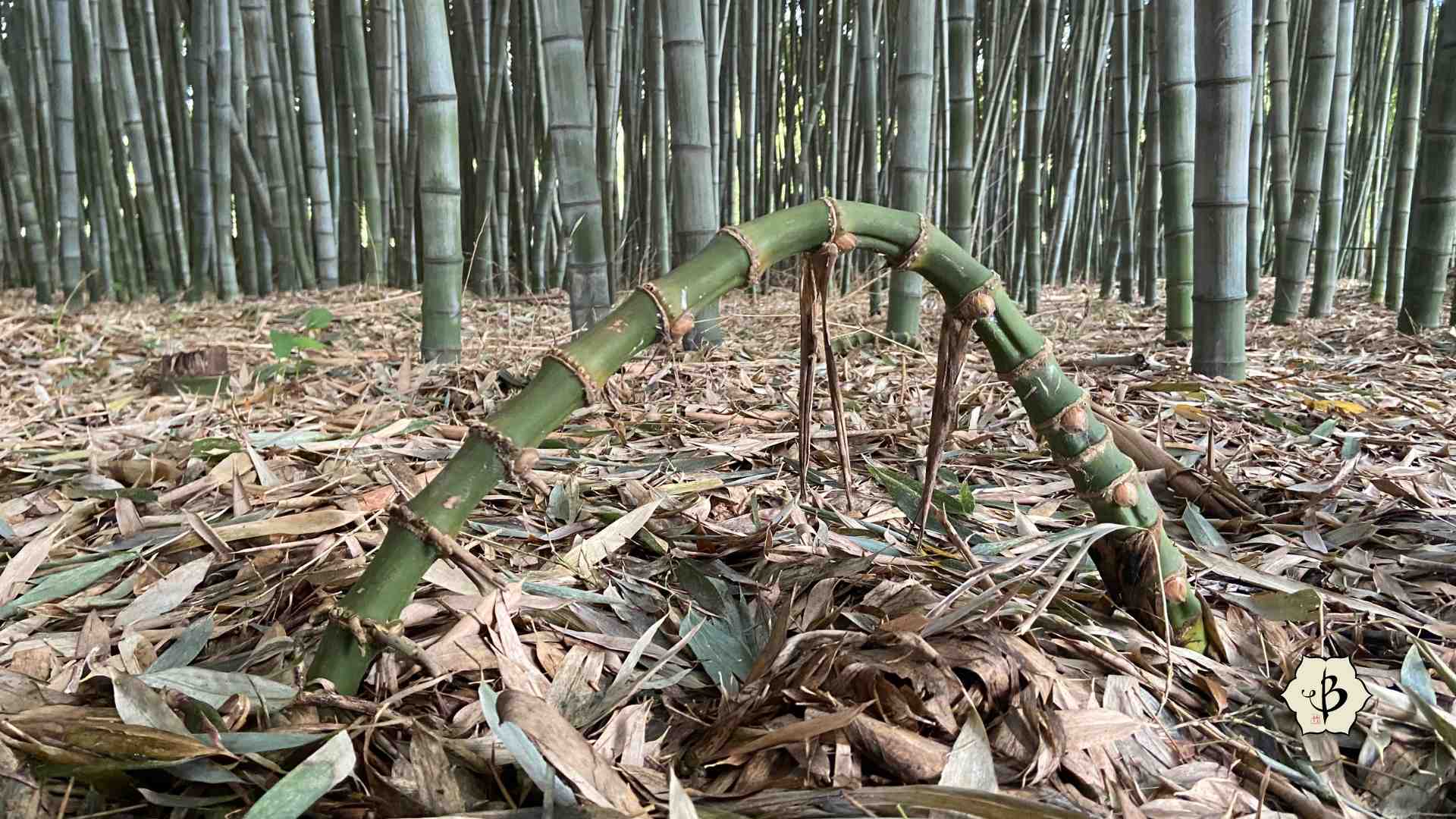
Why would anyone pass laws against bamboo?
It’s true that bamboo can be very invasive. The vigorous rhizome roots produce complex underground networks that can overrun great areas before they even become visible above ground.
By the time the new shoots start coming up, they could be a yard or two away from the main plant. Of course, they pay no attention to fences and property lines. So one gardener’s glorious privacy hedge can easily become the bane of a neighboring gardener’s flower beds.
If these aggressive bamboo roots get underneath a deck or a patio or a raised garden bed, they can actually cause some very expensive damage. In many cases, neighbors will find bamboo shoots coming up and simply cut them back to the ground. But this short-term solution actually does more harm than good. The more you cut back the bamboo shoots, or culms, the more the roots will continue to spread.
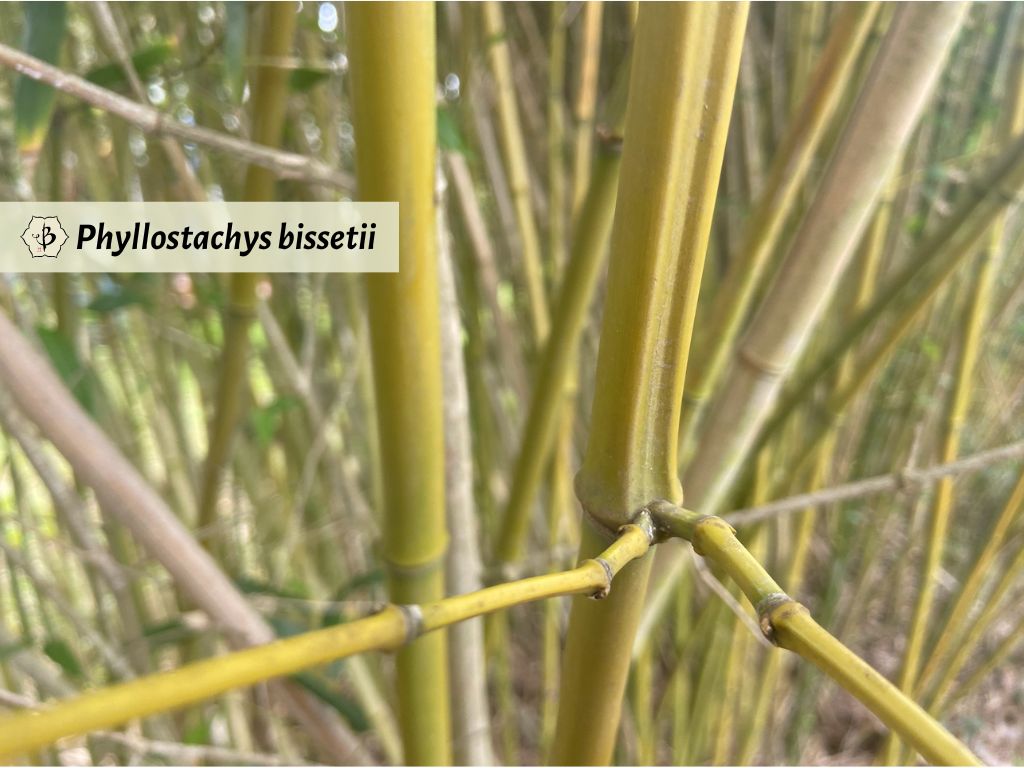
Regulating runners versus clumpers
One of the first things to understand when you study bamboo botany is the difference between running varieties and clumping varieties. Runners have monopodial rhizomes that tend to grow horizontally, spreading outward and overtaking an area. And not all runners are equal. Some sprint while others just jog.
Clumpers on the other hand tend to stay put. They too have rhizome roots, but they are what’s called sympodial. These sympodial rhizomes mostly grow close together, branching out often, creating a tight cluster of culms. Some clumps will stay very compact, only a few feet in diameter, and others can grow up to 10 or 15 feet wide. It’s very unusual for a clumping bamboo to become invasive.
Laws that regulate bamboo need to address this difference and specify which types of bamboo need to be controlled. Phyllostachys aureosulcata (or yellow groove bamboo) and Phyllostachys aurea (sometimes called golden bamboo or fishpole bamboo) tend to be among the most aggressive and invasive.
All members of the genus Phyllostachys are runners and are actually relatively easy to identify. They have a sulcus (or culm groove) that’s visible on alternating sides of the internodes. If you see this groove, you know it’s a Phyllostachys and a runner, although not necessarily a super vigorous runner.
Phyllostachys are generally pretty cold-tolerant, making them a popular choice in temperate climates. Their rapid growth habit also makes them popular, but it can be a double-edged sword. So be careful, and consider some of the bamboo containment strategies described below.
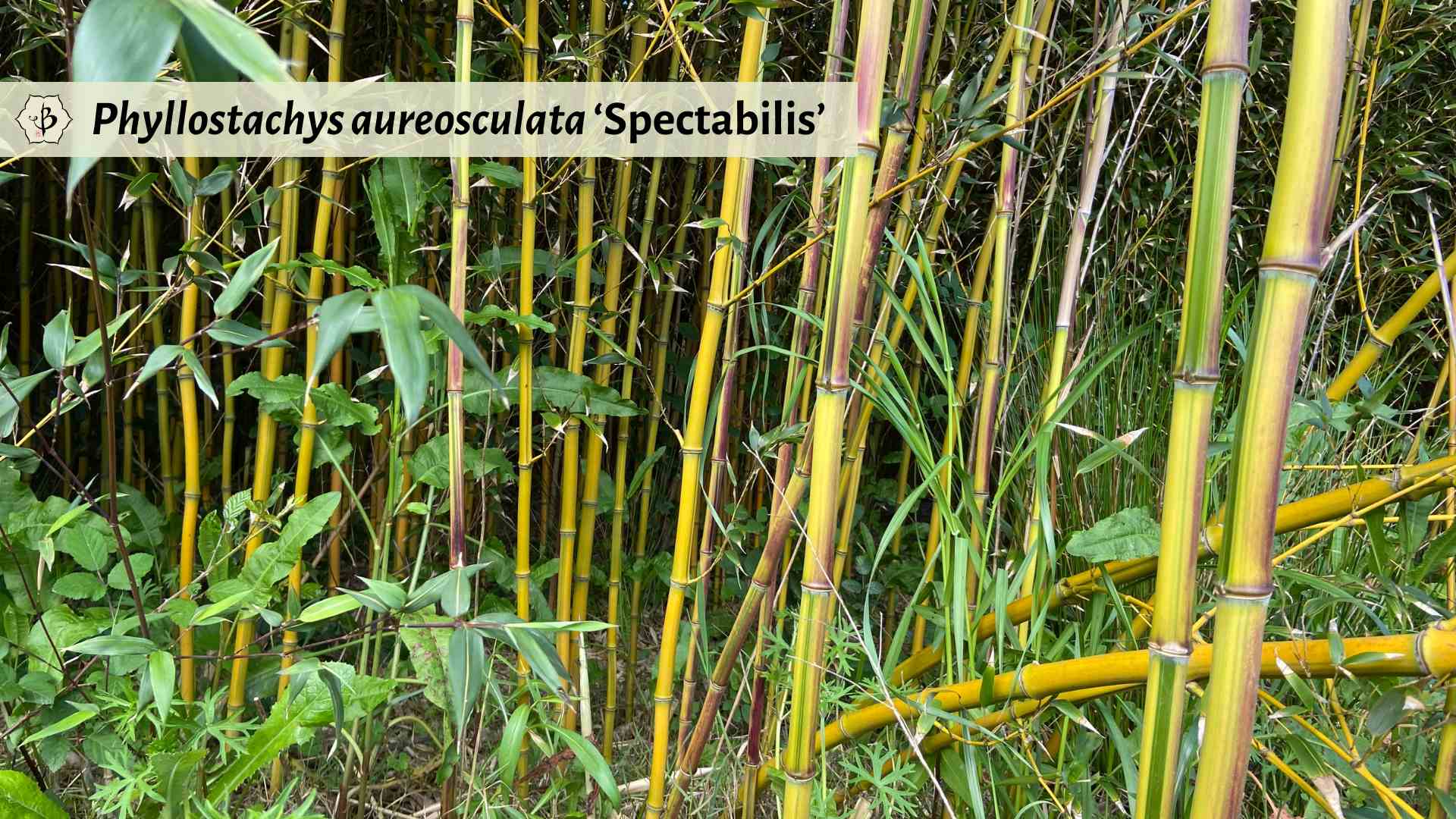
What’s happening in Lower Merion?
In the unfortunate case of Little Merion Township, Pennsylvania, a couple bought a house without knowing there was bamboo on the property, bamboo that was already spreading over the property line. Shame on the previous owners and the real estate agents for not disclosing this troublesome fact, but now the township is requiring them to remove the bamboo.
The Lower Merion Environmental Advisory Council (EAC) has recommended removing the very large stand of Phyllostachys aureosulcata completely. The new homeowners had intended to cut back the giant grass, but the notice of their violation from the township came as something of a shock.
They estimate that it will cost about $8,000 to remove the whole bush, which covers portions of two separate properties. Furthermore, they say it will cost nearly as much to replace the landscaping that will be destroyed in the process of this removal. By law, they must excavate the top three feet of soil and implement a root barrier to restrict the bamboo to the original property.
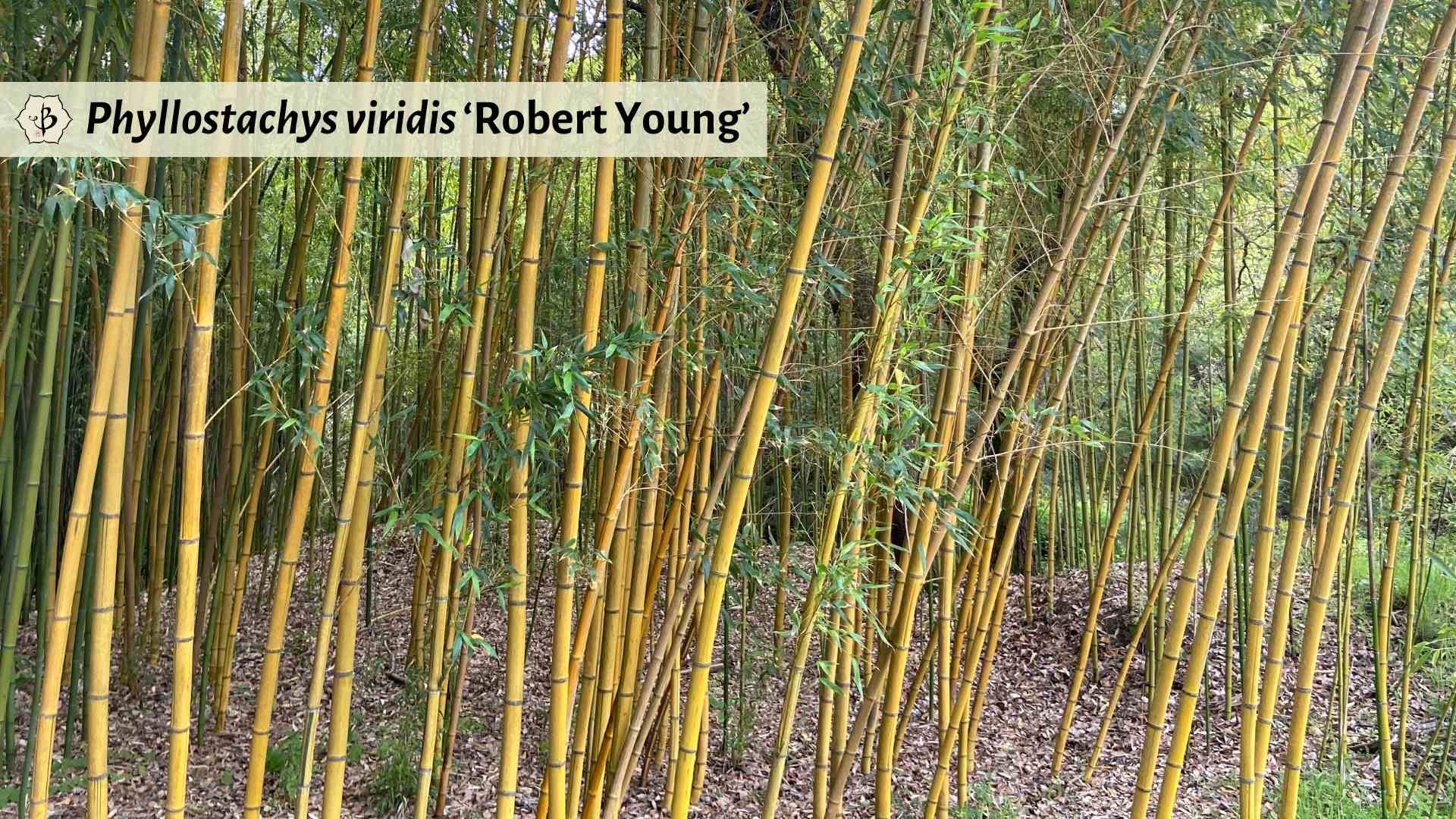
Other ways to keep your bamboo under control
If you’ve got running bamboo and you’re trying to avoid a run-in with the law, or just a nasty encounter with your neighbor, there are a number of ways to keep your bamboo from getting out of control.
- Use a container. One of the best ways to keep your bamboo out of your neighbor’s yard is by keeping it in a container. Just be sure to use a large enough container. I like to plant bamboo in half wine barrels, as they are easy to find here in California. You’ll also need to repot and divide the rootball on a fairly regular basis. Check out our in-depth article on Growing bamboo in pots for more details, and the pros and cons of this strategy.
- Use a root barrier. You can also plant a root barrier in the ground surrounding your bamboo. Just be sure to leave enough space for the plant to fill in, and dig the barrier in about 3 feet deep to really keep it under control.
- Read our article on Bamboo Containment for your best tips and strategies on keeping your bamboo place. Here you’ll find some tips on bamboo removal as well.
- Dig a containment trench. This strategy allows the gardener to monitor the expanding bamboo rhizomes and systemically remove them. If you have the space for a trench, it can be much more effective and reliable than a barrier that the bamboo could eventually bypass or penetrate.
- And if you need bamboo removed in Pennsylvania, you can always call CC Bamboo, the leaders in bamboo removal.
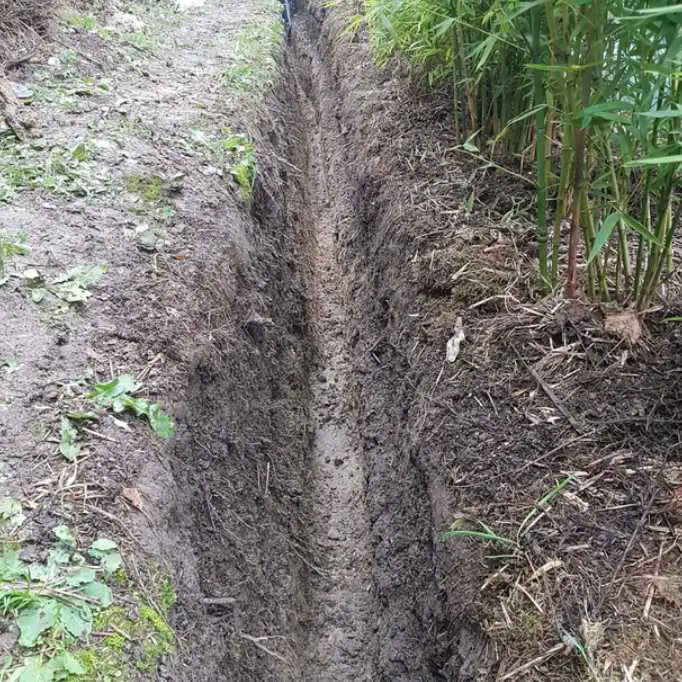
Conclusions
The human struggle to control nature is as old as the story of Adam and Eve. But in most cases, nature will prevail. Lawmakers produce regulations with the best of intentions, but the law of unintended consequences rules supreme. Laws against bamboo are only so effective. Though the fruit is forbidden, knowledge is probably your best weapon.
Butting heads with bamboo will only cause frustration and a sore ache. But if you understand your bamboo, you and the hearty plant can co-exist happily. Start by planting the right kind of bamboo; there are over 1000 varieties to choose from. Base your decision on your climate zone as well as your residential zone.
And if you insist on planting an aggressive running bamboo, make sure you have enough room for it. If you live in a suburban neighborhood, you’ll need to come up with a good way to contain it. Otherwise, be prepared to confront the law of the jungle!
Learn more
Ignorance is no excuse from the law. To expand your understanding of bamboo, check out some of these in-depth articles.
- Growing bamboo in New England and Pennsylvania
- Dig a trench to contain your bamboo
- Bamboo Basics: Runners vs Clumpers
PHOTO CREDIT: Phyllostachys aureosulcata by Fred Hornaday.

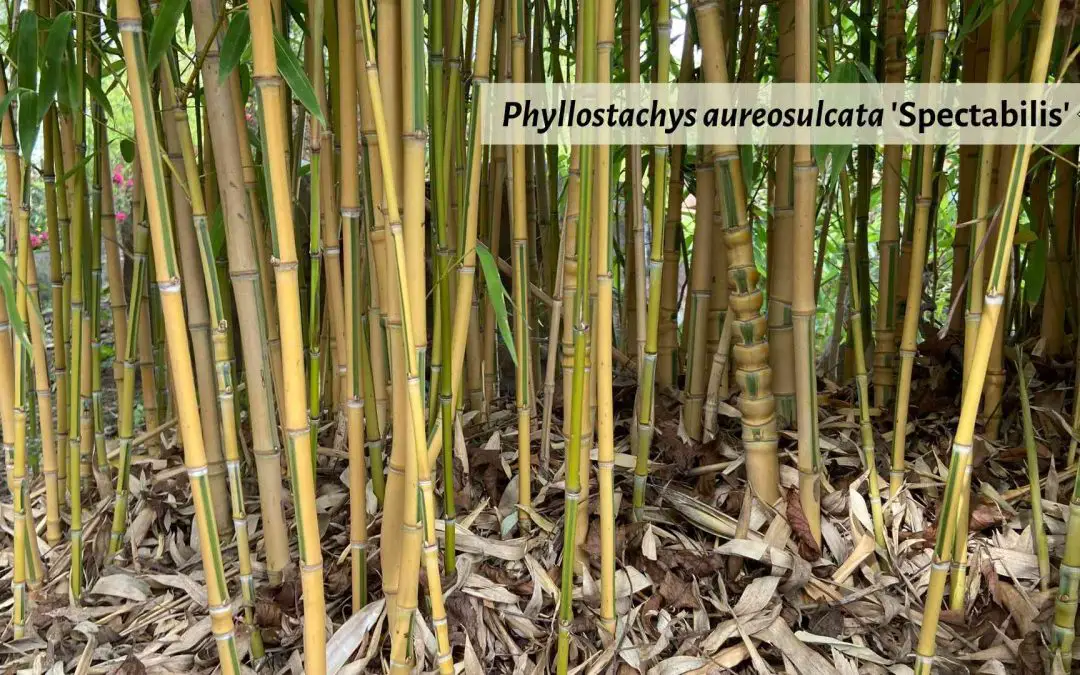
























I live in Pittsburgh and there is a Grove of Bamboo behind a friend’s mother’s house. No one seems to know who started the grow but it gets bigger every year. It has not caused a problem yet that I know of but I think it is beautiful. It is about 20 feet tall and mature. But that is not the only place that I spied it growing. The later seems to be growing much the same as my friends. So the last two years I have become a sort of Johnny Appleseed. I will never divulge where I have done this and I haven’t put it where it will cause a problem for any home owners. It is taking root but seems to be growing very slowly. I don’t know if it is going to grow like the two other groves but I’m hoping it will. I will be back at it again this spring. Eventually I will achieve what I would like to see. I’m persistent in my endeavor. Soon Pittsburgh will be known among other things as a place to see this interesting and beautiful plant growing in the wild.
I’d love to you some of this bamboo on a hillside behind my home for General screening do you know what variety bamboo you have ? And is there a chance I could take a few 3 gallon pots to transplant in my area
my neighbor is growing bamboo in his yard and very close to my house.
he “put it in containers” (rusty metal filing cabinets turned in their sides) about 3 ft from the fence two years ago but it didn’t take long for them to escape that and now have bamboo growing between his “planters” and my yard/house.
I can and have been digging the roots heading into the yard but they are popping up right by my house and porch now.
after a visit from the borough, my neighbor mowed them down with a weedwacker thinking that’s the end of it.
I totally get why there are laws against bamboo. this situation has been a nightmare.
I hear you. That sounds awful. I think maybe people should have to apply for permit and prove they know how to garden before they’re allowed to plant running bamboo.